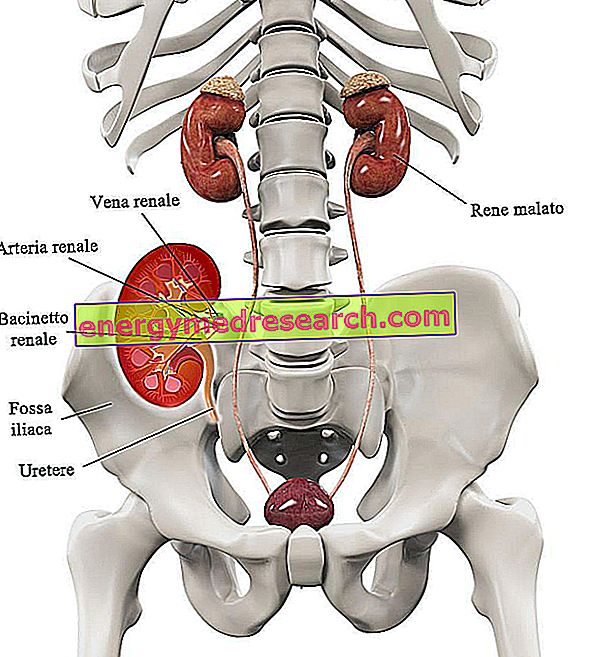
Those with end-stage renal failure are the ideal candidate for a kidney transplant .
Kidney transplantation, or kidney transplantation, is a delicate surgical operation which replaces one of the two original kidneys with another healthy one, donated by a compatible individual.
In most cases, donors are recently deceased subjects ; however, there is also the possibility of taking a kidney from a consenting living subject .
Usually, living donors are direct family members, but they could also be volunteers completely unrelated to the recipient.
In most cases, kidney replacement is virtual, meaning that the original kidney is not removed but left in place . This is intended to reduce the risk of complications during the operative phase.
But if this is the case, where is the donor kidney housed?
The operating surgeon places the "new" kidney at the iliac fossa, or the infero-lateral region of the abdomen consisting mainly of the iliac bone (or hip bone).
After its housing, the "new" kidney must be connected to the recipient's blood vessels and bladder. The connection is different, obviously, from the classic one of human kidneys and involves the following changes:
- The renal artery, which supplies the kidney with oxygenated blood, is placed in connection with the iliac artery . In normal anatomy, it would be connected with the abdominal aorta.
- The renal vein, which collects deoxygenated blood flowing in the kidney, is joined to the iliac vein . Normally, it would flow into the inferior vena cava.
RENE RIGHT OF THE DONOR AT THE LEFT OF THE RECEIVER AND VICE VERSA
Surgeons have long debated what the best place to stay for the "new" kidney is.After several studies, they concluded that the probably most right thing is to transplant the donor's left kidney and vice versa to the right of the recipient .
In other words, in the recipient, the disposition of the "new" kidney must be reversed compared to what it was in the donor.
The reason is related to the fact that, with such a positioning, the transplanted kidney exposes in the foreground the so-called renal pelvis (or renal pelvis ) and the ureter (which is the tube that connects to the bladder).
Having these two structures in the foreground (NB: the small basin is the first urine collection point) serves to simplify any subsequent surgical operations on the same kidney (due, for example, to an operative complication).


